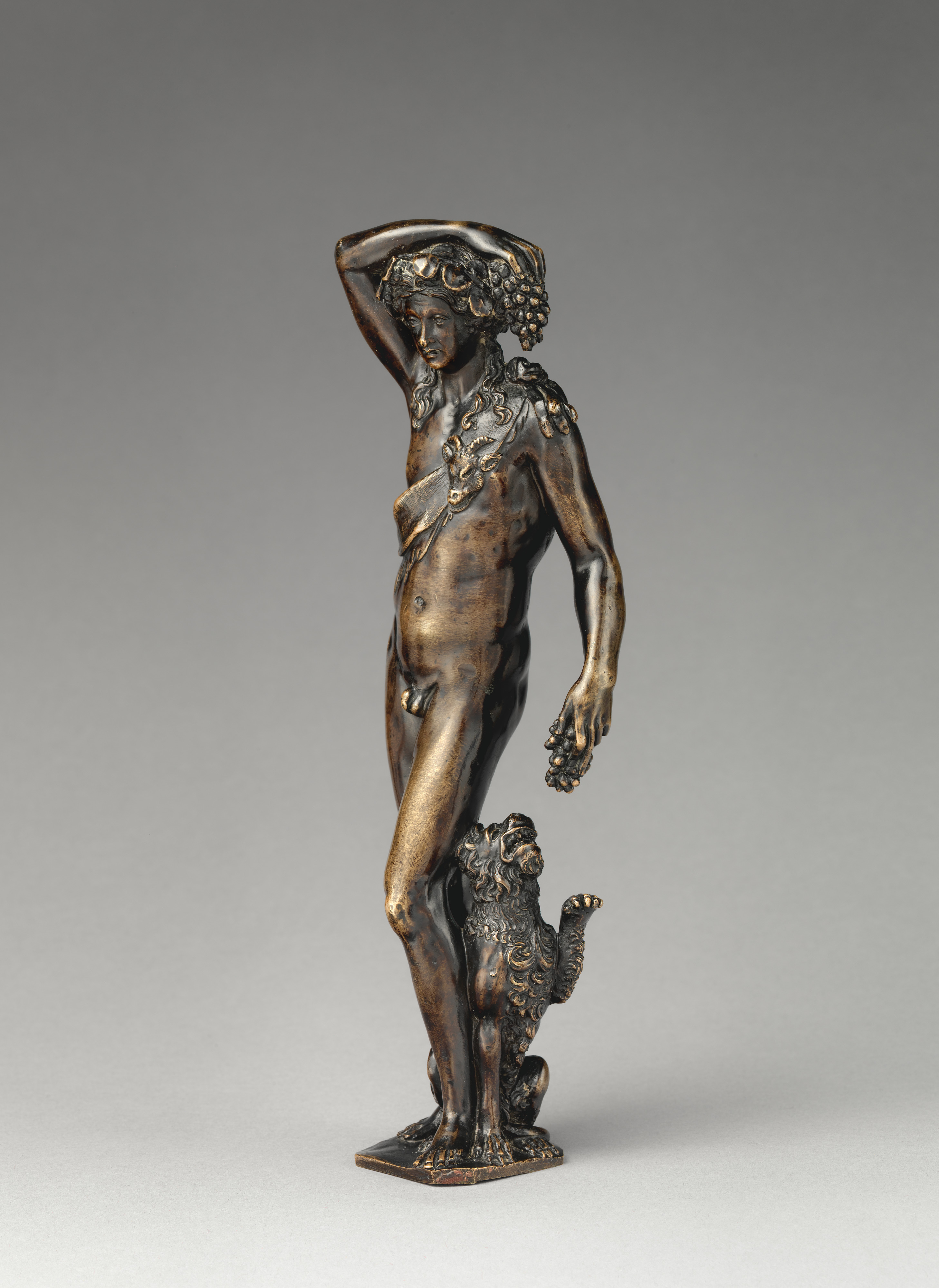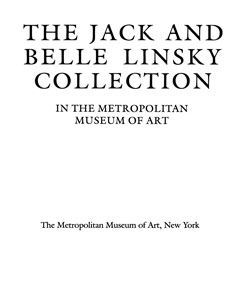Bacchus and a Panther
A large number of statuettes of this model exist, varying so much in their surface treatment that it is improbably that they were made at the same time and place. Some examples, such as another in the Metropolitan Museum (32.100.190), are less articulate than the Linsky Bacchus and have relatively matte surfaces, which might indicate Venetian workmanship. Attributions have ranged from the early-sixteenth-century Paduan goldsmith Francesco da Sant’Agata, to a Florentine under the influence of Benvenuto Cellini.[1] There is undoubtedly a Mannerist element in the svelte figure, but this is due largely to the ancient type that the artists were imitating. The classical precedent may have been a bronze statuette, since lost,[2] or a variation on a marble, such as one in Munich.[3]
[James D. Draper, 1984]
Footnotes:
[1] See H. R. Weirauch, Die Bildwerke in Bronze und in anderen Metallen, Munich, Bayerisches Nationalmuseum, 1956, no. 266.
[2] For the type, see S. Reinach, Répertoire de la statuaire greque et romaine, II, Paris, 1908, pl. 122, nos. 1, 2.
[3] A. Furtwängler, Beschreibung der Glyptothek, Munich, 1900, no. 226; the much-restored sculpture, from the Braschi collection, was originally an Apollo of the type of the Apollino in the Uffizi, Florence.
Due to rights restrictions, this image cannot be enlarged, viewed at full screen, or downloaded.
This artwork is meant to be viewed from right to left. Scroll left to view more.






